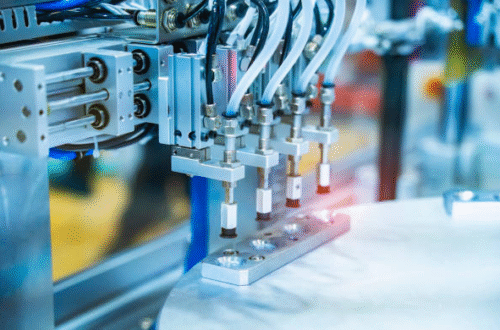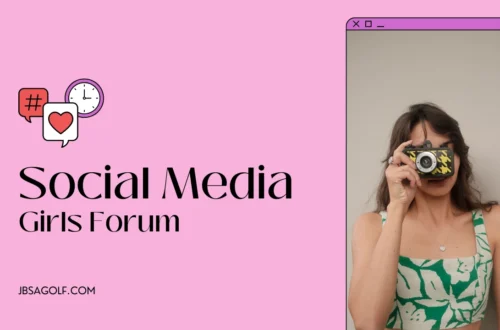In the rapidly evolving world of digital media and artificial intelligence, face swap technology has become one of the most entertaining and widely used tools. Whether it’s for fun, content creation, or even professional use in film and advertising, face swapping has taken on a new life. But while most people are familiar with basic face swap features — where two faces are swapped in a photo — the concept of multiple face swap takes things a step further.
What Is Face Swap?
Face swap is a digital method that uses artificial intelligence to replace one person’s face with another in images or videos. This technique started as a fun filter on social media platforms like Snapchat and Instagram but has since developed into a highly advanced technology. Today, face swapping is driven by deep learning algorithms, facial recognition technology, and real-time rendering engines. The result is a realistic swap that is often indistinguishable from an original photo or video.
Popular apps like Reface, FaceApp, and Zao have made it easy for users to swap their faces with celebrities, movie characters, or even their friends. With a simple tap, you can see yourself in a famous movie scene or turn into your favorite superhero.
What Is Multiple Face Swap?
Multiple face swap takes the basic concept and applies it on a broader scale. Instead of swapping just one face with another, multiple face swap tools allow several faces in a group photo or video to be changed at the same time. For example, in a group picture with five people, each person’s face can be swapped with a different face — either manually selected or generated automatically by AI.
This advanced technology is particularly useful in:
- Entertainment: Create hilarious group photos by swapping everyone’s faces with animals, celebrities, or funny expressions.
- Marketing: Brands can use multiple face swaps in creative campaigns to add humor or surprise elements.
- Movies and VFX: Post-production teams can replace several actors’ faces in crowd scenes, saving time and resources.
- Gaming and VR: Create multiplayer avatars with swapped faces for a fully customized experience.
How Does It Work?
Multiple face swap tools typically use facial recognition combined with deepfake or generative AI technologies. Here’s a step-by-step overview of how it works:
- Face Detection:The application recognizes every face present in a video or image.
- Facial Mapping: It determines essential characteristics like the eyes, nose, mouth, and jawline to understand the facial structure.
- Swap Logic: Users select new faces, or the system assigns faces based on pre-set logic or AI-generated faces.
- Blending and Rendering: The faces are swapped seamlessly with advanced rendering to match lighting, expressions, and angles.
- Export and Share: Users can save or share the final image or video across platforms.
Popular Tools for Multiple Face Swap
Multiple face swapping is now supported by several tools and platforms. Some notable mentions include:
- DeepSwap.ai – Offers batch face swapping for photos and videos.
- Reface Pro – Allows face swaps in multiple person videos.
- FacePlay – A popular app with template-based multiple face swaps.
- Photoshop and After Effects Plugins – Used by professionals for high-end projects.
Is It Safe and Ethical?
As with any AI-powered tool, face swapping also raises questions about privacy and ethics. While face swap is often used for fun, there have been instances where the technology was misused — such as creating misleading images or fake videos.
When utilizing multiple face swap tools, it’s crucial to:
- Obtain consent from the individuals whose faces you are exchanging.
- Avoid misleading uses, especially in sensitive or public content.
- Use watermarks or disclaimers when necessary to show that content has been altered.
Many platforms now include guidelines and detection systems to prevent abuse of face swap technology.
The Future of Face Swap
With the ongoing advancements in AI, the prospects of multiple face swap become increasingly thrilling. Soon, users may be able to create entire animated movies with different faces, generate avatars for the metaverse, or even create digital doubles for real-time video calls. With 3D modeling, voice cloning, and emotion mapping, the next generation of face swap tools will offer an even more immersive and creative experience.
Conclusion
The way we engage with digital content has been changed by face-swap technology. The rise of multiple face swap tools has opened up new possibilities — from entertainment and social media fun to professional use in media production. As long as it’s used responsibly, face swapping will continue to be a powerful and enjoyable feature in the digital toolkit of creators, marketers, and tech enthusiasts alike.





